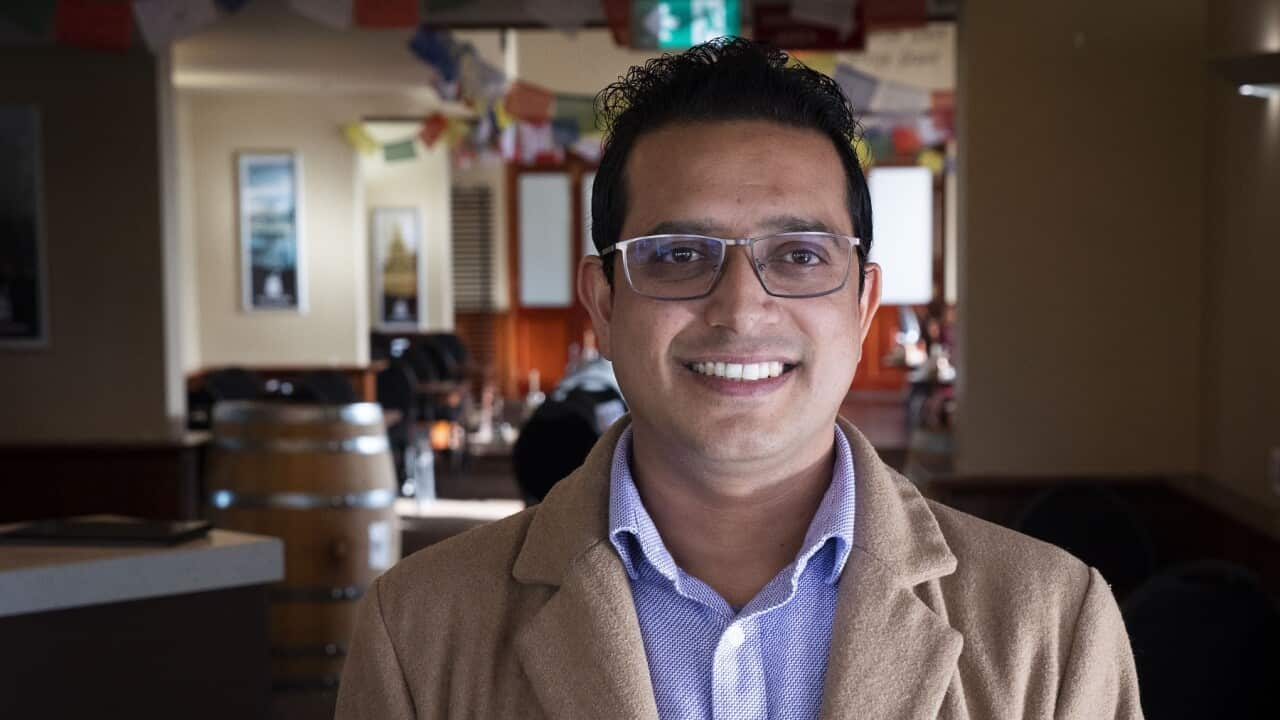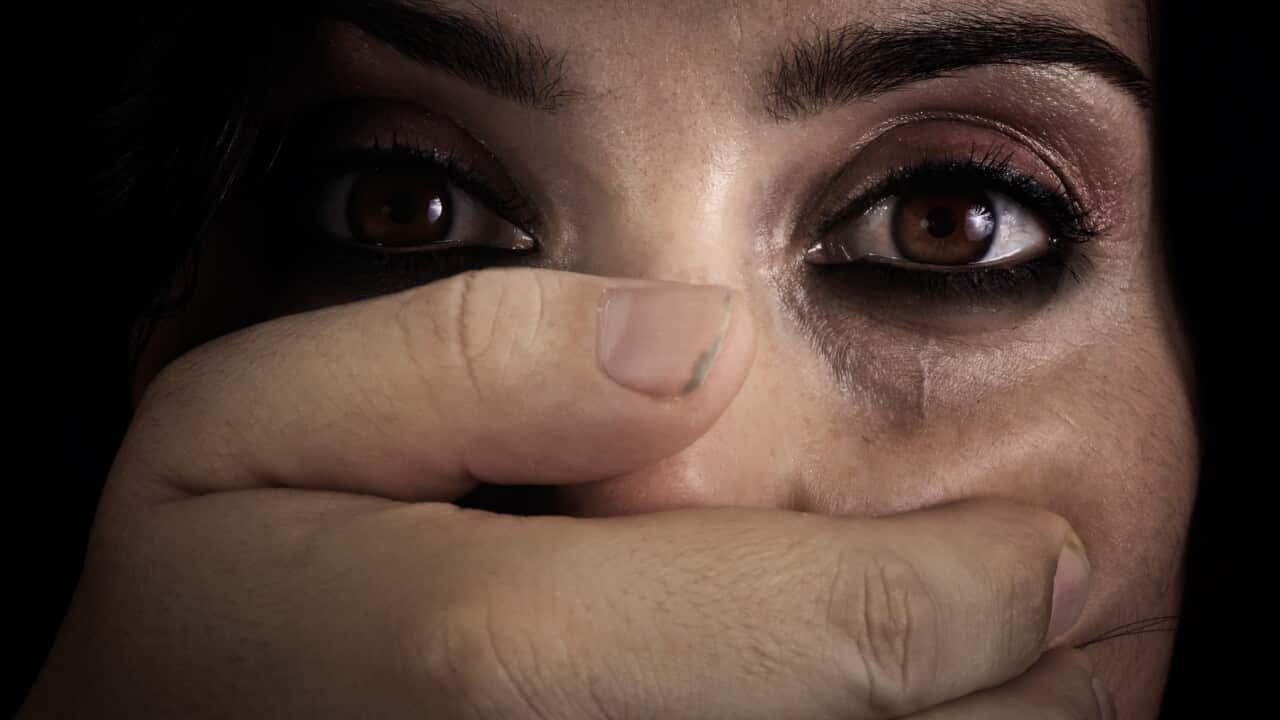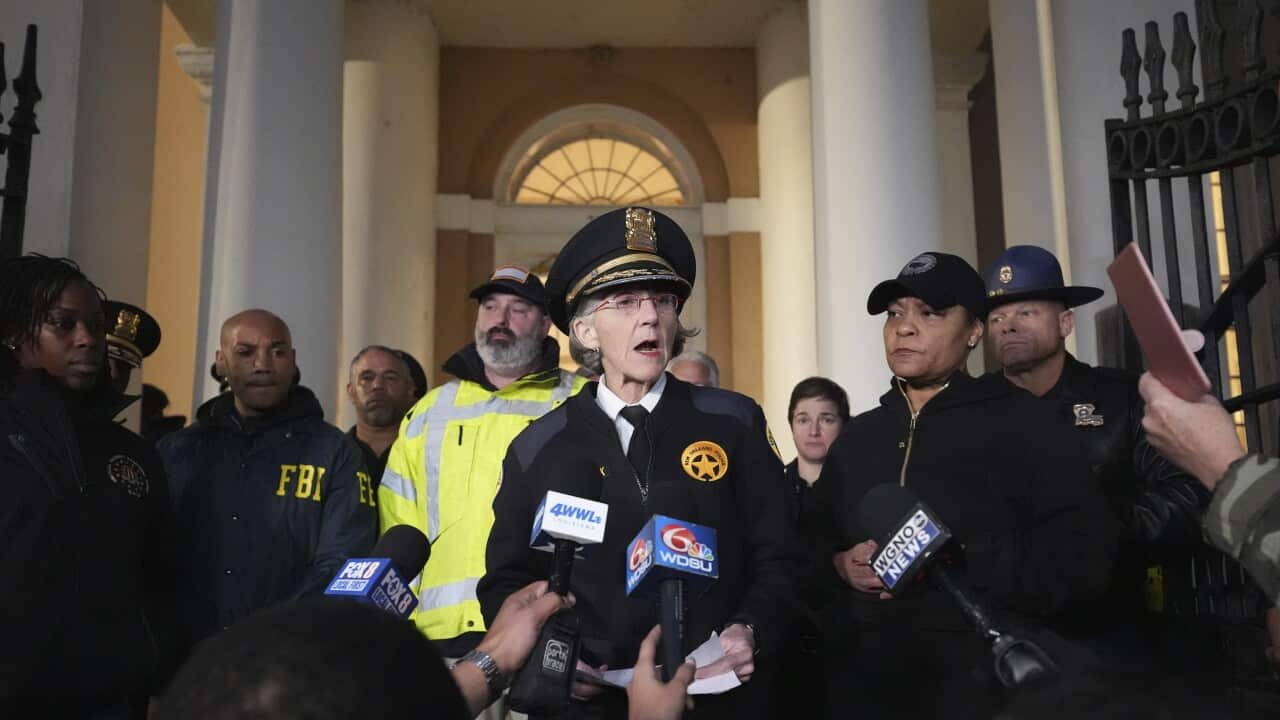La popolazione continua a crescere rapidamente, con più di un milione di nuovi residenti arrivati in Australia negli ultimi cinque anni, la maggior parte dei quali arrivati prima che i confini chiudessero nel 2020 a causa della pandemia del Covid.
Il censimento del 2021 offre un ritratto interessante dell’Australia moderna, e Theresa Dickinson, dell’Istituto Australiano di statistica, ha detto che questo censimento mostra come i flussi migratori stiano cambiando.
"The number of us who are first generation Australians, those born overseas, and second-generation Australians, those with one or both parents born overseas which includes me, has grown and is over half the Australian population now."
Il maggiore incremento nei Paesi di origine al di fuori dell’Australia riguarda l’India, che è adesso il terzo Paese natale, dopo Australia ed Inghilterra, e seguito da Cina e Nuova Zelanda.
Il mandarino continua ad essere la lingua più parlata nelle case oltre all’inglese, ma il punjabi ha avuto il maggior incremento dal 2016.
La dottoressa Liz Allen, demografa presso la Australian National University, ha detto che anche questi numeri così alti potrebbero in realtà sottostimare la vera natura del multiculturalismo in Australia.
"While the majority of Australians are either themselves born overseas or their parents born overseas, that's just the tip of the iceberg. There are many more Australians who identify with what's called a hyphenated Australian status, say for example Asian-Australian, African-Australian and so on."
Anche la proporzione tra generazioni ha virato verso i Millennials – chi ha tra i 25 e 39 anni - che sono adesso quasi gli stessi dei Baby Boomers, in età tra i 55 ed i 74 anni.
Entrambi i gruppi hanno più di 5.4 milioni di persone, ma David Gruen ha detto che i Millennials sono probabilmente già avanti.
"On Census night the Millennials were within a whisker of the number of baby boomers and... by now it is almost certain that the Millennials have overtaken the Baby Boomers because they were only 5,000 short last August."
Il censimento 2021 ha segnato il cinquantesimo anniversario da quando gli Aborigeni e gli Isolani dello Stretto di Torres sono stati conteggiati nella ricerca.
Questa volta, il numero di persone che si sono identificate come aborigene o isolane dello Stretto di Torres è aumentato del 25.2% dal 2016, raggiungendo più di 810.000 persone, il 3.2% della popolazione.
La dottoressa Liz Allen ha detto che questi numeri non sono una sorpresa.
"We're seeing people more willing to report their identity as being First Nations Australian, and alongside that we do see among First Nations Australians typically a higher birth rate."
Ma la professoressa emerita Sandra Harding, dell’Independent Assurance Panel, che analizza la qualità dei dati del censimento, ha detto che probabilmente sussiste una sottostima di australiani cosiddetti “First Nations”.
"Despite increased efforts and investment by the ABS, an estimated 17% net undercount of Aboriginal and Torres Strait Islander peoples has persisted in 2021 consistent with the last two Censuses. The ABS will examine this further."
Per la prima volta, il sondaggio ha raccolto informazioni riguardo patologie croniche, con la salute mentale tra le condizioni maggiormente citate, particolarmente in giovani adulti.
Un’altra nuova domanda mirava a contare il numero di membri ed ex-membri dell’esercito australiano, adesso a più di 580.000.
Il ministro responsabile del censimento, che si definisce un “nerd dei dati” Andrew Leigh, ha detto che censimenti come questo hanno un impatto sul modo in cui i governi creano le politiche.
"Census data helps us better understand emerging communities, informing how and where governments can engage."
Ma mentre il censimento domandava alle persone di rendere noto il loro sesso, e proponeva risposte come maschio, femmina o non-binario, ci sono richieste di includere più informazioni sui generi sessuali nel prossimo censimento.
Il dottor David Gruen ha detto che sono il governo ed il parlamento a scegliere le domande, ed il precedente governo della coalizione ha dato istruzione all’ABS di fare domande sul sesso ma non sul genere o sull’orientamento sessuale – ma questo potrebbe cambiare nel prossimo rilevamento.
"There will be an opportunity to revisit that for the 2026 Census and the ABS will engage in a public consultation process starting later this year to ask the community if there are other questions that people think that we should be asking."
L’importante indagine è stata e continuerà ad essere fondamentale per evidenziare come l’Australia cambierà nel futuro.
English
And the population has continued to grow rapidly, with more than 1 million new residents arriving in Australia over the last five years, the vast majority coming before the borders closed in 2020 due to the global COVID pandemic.
The 2021 Census paints an interesting picture of the modern Australia, and Theresa Dickenson from the Australian Bureau of Statistics says it shows how migration patterns are changing.
"The number of us who are first generation Australians, those born overseas, and second-generation Australians, those with one or both parents born overseas which includes me, has grown and is over half the Australian population now."
The largest increase in the country of birth outside Australia was India, which is now also the third largest country of birth overall, after Australia and England, and followed by China and New Zealand.
Mandarin continues to be the most widely spoken language at home other than English, but Punjabi had the biggest increase in speakers since 2016.
Demographer at the Australian National University, Dr Liz Allen, says even those numbers could be underestimating the true nature of multiculturalism in Australia.
"While the majority of Australians are either themselves born overseas or their parents born overseas, that's just the tip of the iceberg. There are many more Australians who identify with what's called a hyphenated Australian status, say for example Asian-Australian, African-Australian and so on."
The proportion of generations has also swung towards Millennials - aged between 25 and 39 - who are now almost on par with the Baby Boomers, aged between 55 and 74.
Both groups each have more than 5.4 million people, but David Gruen says the Millennials are probably already ahead.
"On Census night the Millennials were within a whisker of the number of baby boomers and... by now it is almost certain that the Millennials have overtaken the Baby Boomers because they were only 5,000 short last August."
The 2021 Census marks 50 years since Aboriginal and Torres Strait Islander people were first counted in the survey.
This time the number of respondents who identified as Aboriginal and Torres Strait Islander increased by 25.2 per cent from 2016, to more than 810,000 people or 3.2 per cent of the population.
Dr Liz Allen says the figures aren't surprising.
"We're seeing people more willing to report their identity as being First Nations Australian, and alongside that we do see among First Nations Australians typically a higher birth rate."
But Emeritus Professor Sandra Harding, from the Independent Assurance Panel which investigates the quality of the Census data, says there was likely still under-reporting of First Nations Australians.
"Despite increased efforts and investment by the ABS, an estimated 17% net undercount of Aboriginal and Torres Strait Islander peoples has persisted in 2021 consistent with the last two Censuses. The ABS will examine this further."
For the first time, the survey asked about long term health conditions, with one of the most widely reported conditions being mental illness, particularly in young adults.
Another new question counted the number of current and former members of the Australian Defence Force - now at more than 580,000.
The Minister responsible for the ABS, and self-proclaimed "data nerd" Andrew Leigh lee, says census information like this affects how the government forms policy.
"Census data helps us better understand emerging communities, informing how and where governments can engage."
But while the Census asked for respondents to identify their sex, and offered answers male, female or non-binary, there are calls for the next census to include more information on gender.
Dr David Gruen says it's the government and parliament that pick the questions, and the former Coalition government instructed the ABS to ask a question on sex but not on gender and not on sexual orientation - but that could change for the next survey.
"There will be an opportunity to revisit that for the 2026 Census and the ABS will engage in a public consultation process starting later this year to ask the community if there are other questions that people think that we should be asking."
The important survey has been and will continue to be crucial in highlighting how Australia is evolving into the future.
Story by Krishani Dhanji




